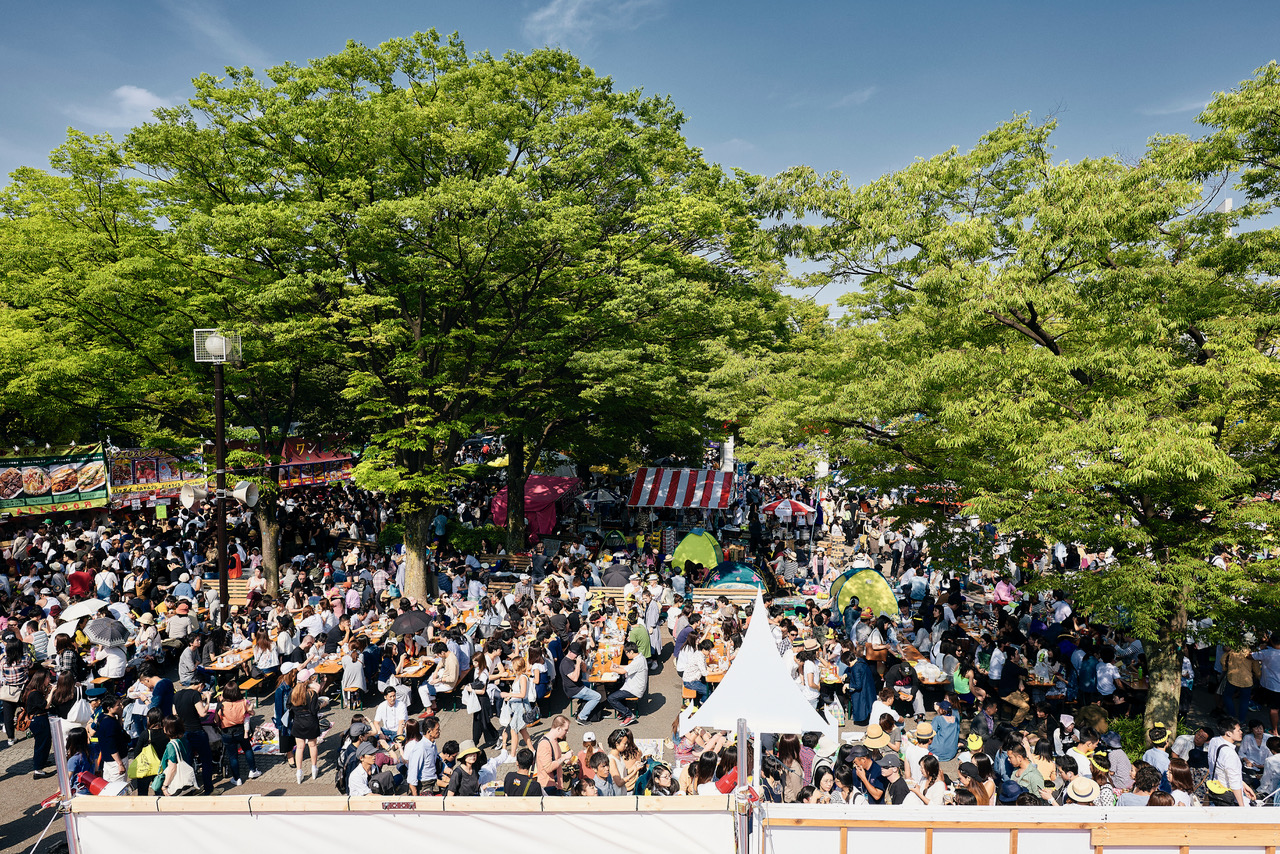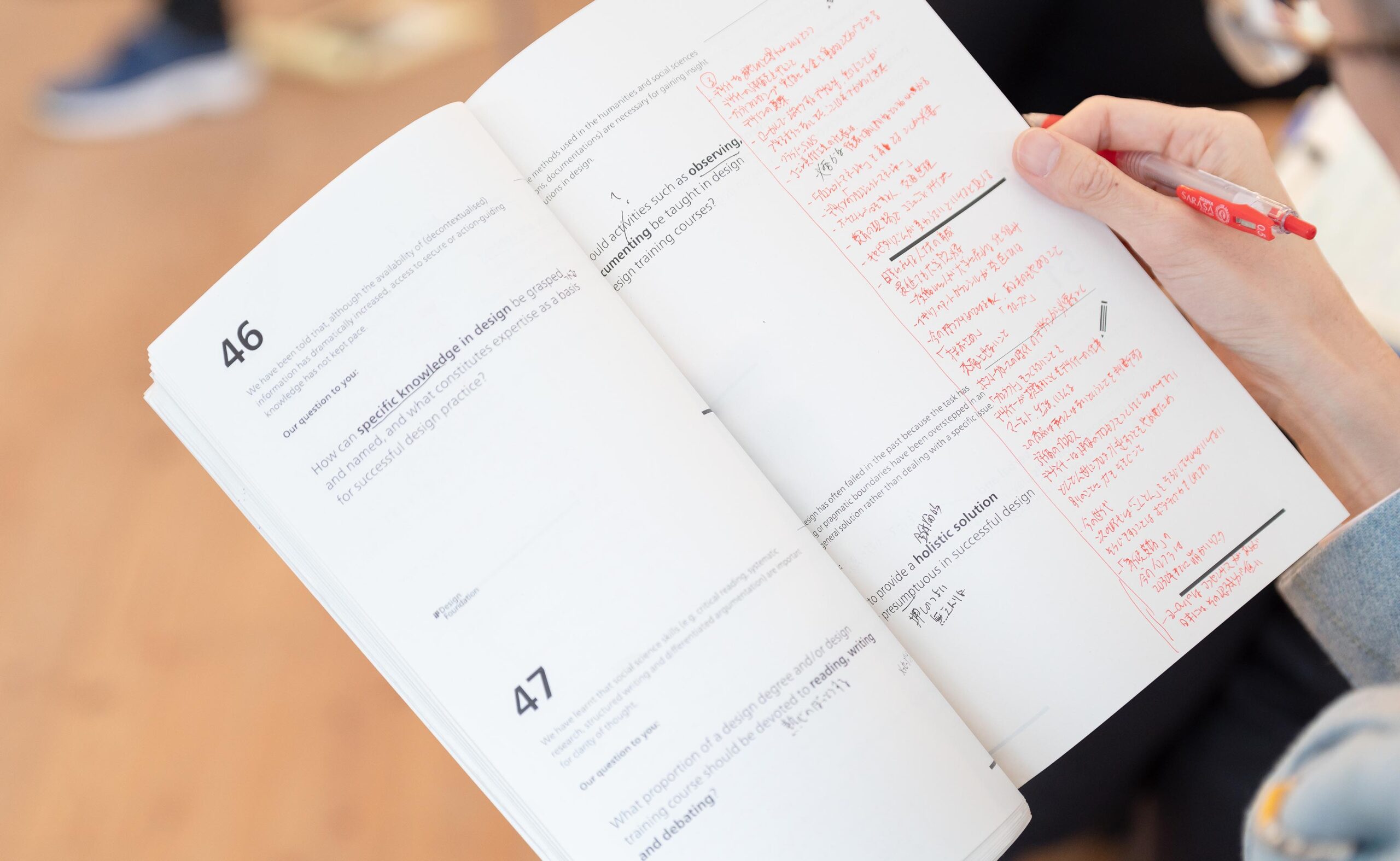THE FUTURE OF DESIGN EDUCATION
A DISCUSSION AT FOUR DIFFERENT PLACES
How should design education be structured, what should it involve to support students in pursuing successful careers? To what extent are current design curricula still fit for contemporary challenges in design? Or, is it necessary to move forward in a completely new direction? If there was a new design university that could draw from an abundance of resources without having to take older structures into consideration, what would be taught there and which teaching methods would be used?
Between March 2019 and February 2020, the iF Design Foundation hosted four conferences, or rather hearings, each one of which lasted for several days. The events were dedicated to the question of how future design teaching or design education must be structured.
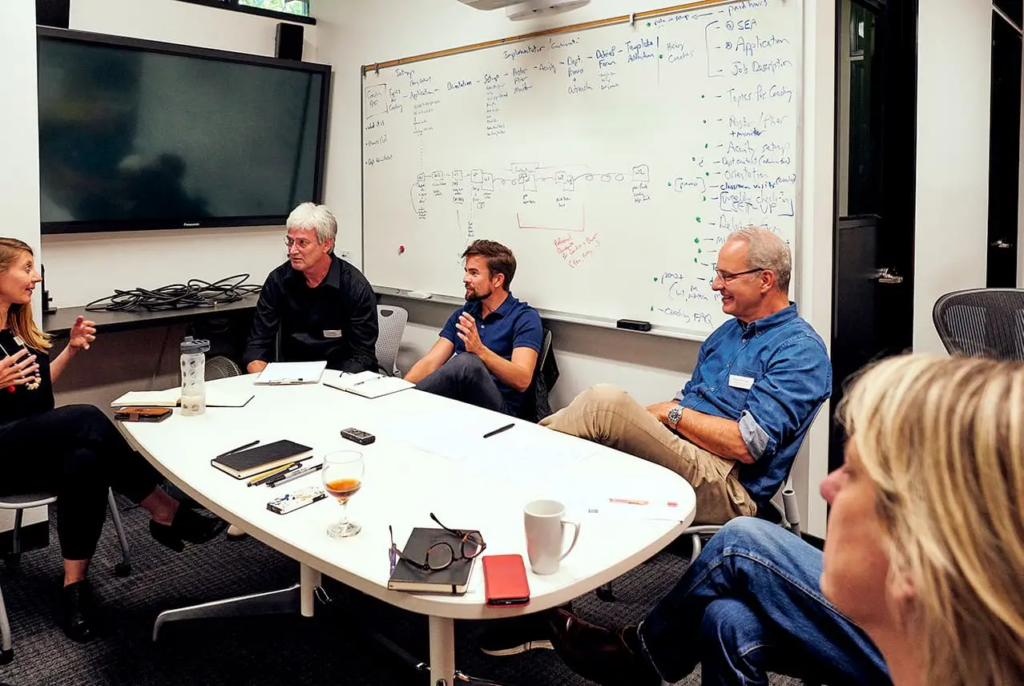
In Gmund (Germany), in Pasadena (USA), in Kyoto (Japan) and in Johannesburg (South Africa) experts from a wide range of fields addressed the given questions – from students and teachers of various disciplines, from newcomers and experienced design managers to protagonists from the worlds of business and research.
A catalog of 80 different questions served as inspiration and guideline for the hearings. The catalog was based on an international study conducted in 2016 by Prof. Dr. René Spitz.
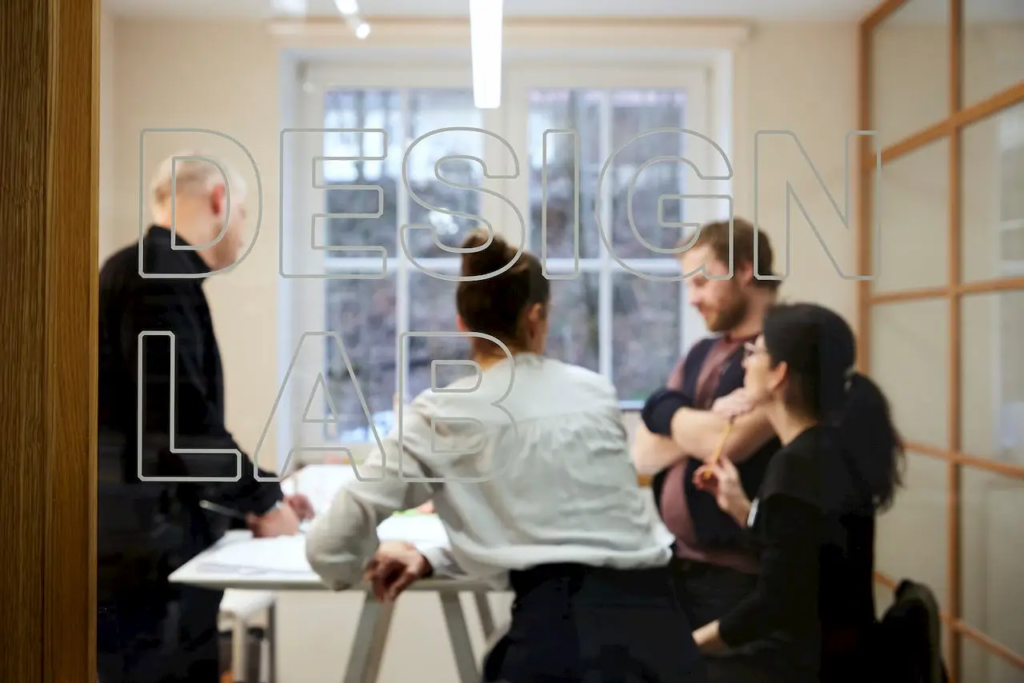
The iF Design Foundation has published the results of the four hearings in the “White Book on the Future of Design Education – Designing Design Education”, due for publication in March 2021.
HEARING IN GMUND AT TEGERNSEE, GERMANY
13 – 15 March 2019, as part of Munich Creative Business Week (MCBW) For the first hearing in Gmund am Tegernsee (Bavaria) 30 people from German-speaking countries were invited to share their views and experiences. The group included people from the fields of business, teaching and research.
What was discussed?
The invited experts agreed that, in future, professional practice in design will differ substantially from conventional practice. However, the changes will not apply to the fundamentals of design practice, which also include attitudes and behaviors (e.g., assuming social responsibility, critical reflection) as well as values and goals (e.g., humanity, diversity, sustainability, creativity, interdisciplinarity or transdisciplinarity, striving for improvement, fostering personal development, dealing with increasing uncertainty and complexity). All of these elements have been part of the ethos of design since the practice became established in western industrial societies XNUMX years ago. This is something design shares with all other scientific and economic practice
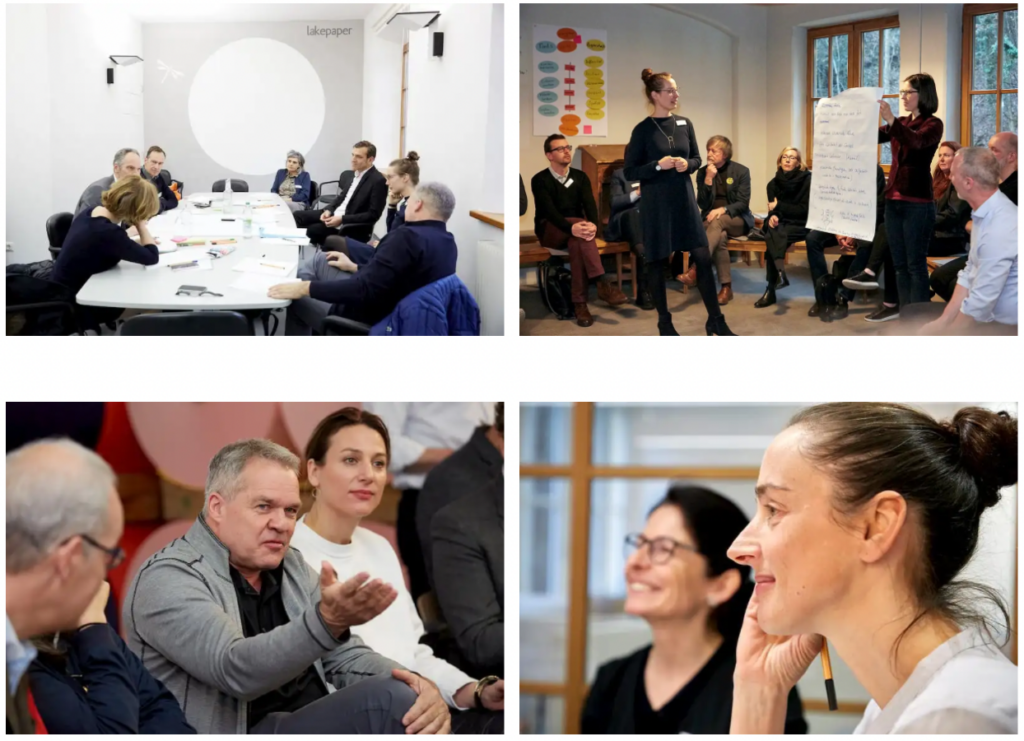
The situation is quite different when it comes to the concrete manifestations of design practice that differentiate it from other practices. Here, the changes have long had consequences for everyday professional life. Digitization is the central driving force for comprehensive change. This change will be even more pronounced in the near future. It particularly affects the specific knowledge and skills that will be required for a successful professional career. At this point, the discussions went deeper, as participants expressed different points of view.
For example, there was the question of which analog, manual as opposed to digital, fundamental skills should be taught at the beginning of a design degree course. The danger of overloading the curriculum was pointed out, for example, if designers have to know, or even master, classic production techniques and at the same time have to learn programming. Participants also discussed what share design theory and history, and also the sciences, should have. Does design have to be (re)-politicized and which social and communication skills are necessary, for example in intercultural cooperation? How can the reputation and complexity of design be improved in business and society?
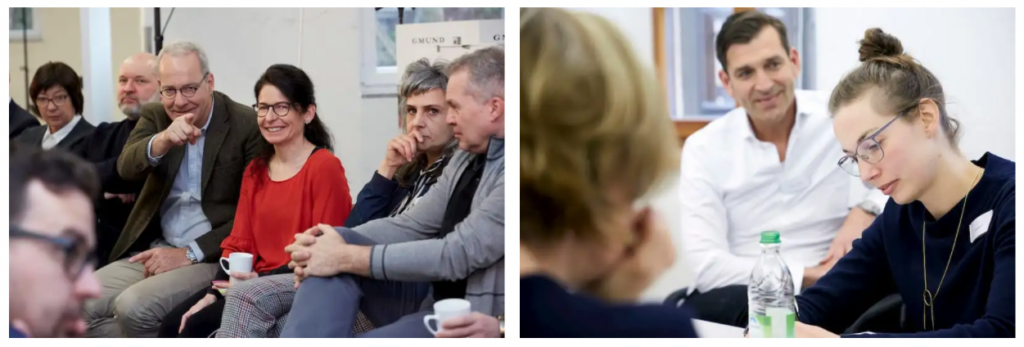
There was unanimity regarding the definition of design practice as an interaction of thinking and designing; as an integration of both mental and physical, iterative development processes. The metaphor of the “thinking hand” captures the point quite well. It ties in with the international discourse that is conducted under the title “thinking with hands”. The roots of this discourse can be traced back to ideas from Renaissance art theory around the term “disegno”, according to which the practice of design is characterized by the early production of illustrative material or prototypes, for example sketches, experiments or models. The participants proposed to use the term “visioning” for this.
You can download the summary of the conference here:
HEARING IN PASADENA, USA
17 – 19 October 2019, in cooperation with the ArtCenter College of Design
The second hearing hosted by the iF Design Foundation was held in cooperation with the ArtCenter College of Design in Pasadena, California, located east of Los Angeles. Great importance was attached to the broadest possible diversity among the 30 participants from the USA and Europe. The guests included female and male members of various design colleges, as well as senior and junior designers and design managers from e.g. Amazon, Google and IBM.
What was discussed?
Compared to the first hearing in Gmund am Tegernsee (Germany), the discussions in Pasadena revolved around significantly different topics: initially, the focus was on questions relating to the structure and organization of design teaching. This is to be seen as a mirror of the US education system, because university education is very much seen as a private matter and not primarily as a societal task. The most reputable degrees are therefore usually linked to high tuition fees. This makes access to design studies structurally difficult for many groups of people.
The participants in the hearing developed alternative organizational forms for design universities to ensure that the talents that universities seek and need can find their way in. This also included considerations of using the digitization of education as a potential for having a more diverse body of students.

A second focus, which was not discussed in this breadth and depth in Germany, was the effect of big data and artificial intelligence (AI). It was obvious to all experts that these influences have already substantially changed design practice and will continue to do so. A broad discussion arose about the ethical evaluation of the consequences of this development. Different positions were exchanged on the question of what consequences this would have for design education. While the critics of the use of AI expressed scepticism regarding the transfer of AI to design universities, the advocates argued that design education should adapt to the status quo in the digitized economy.
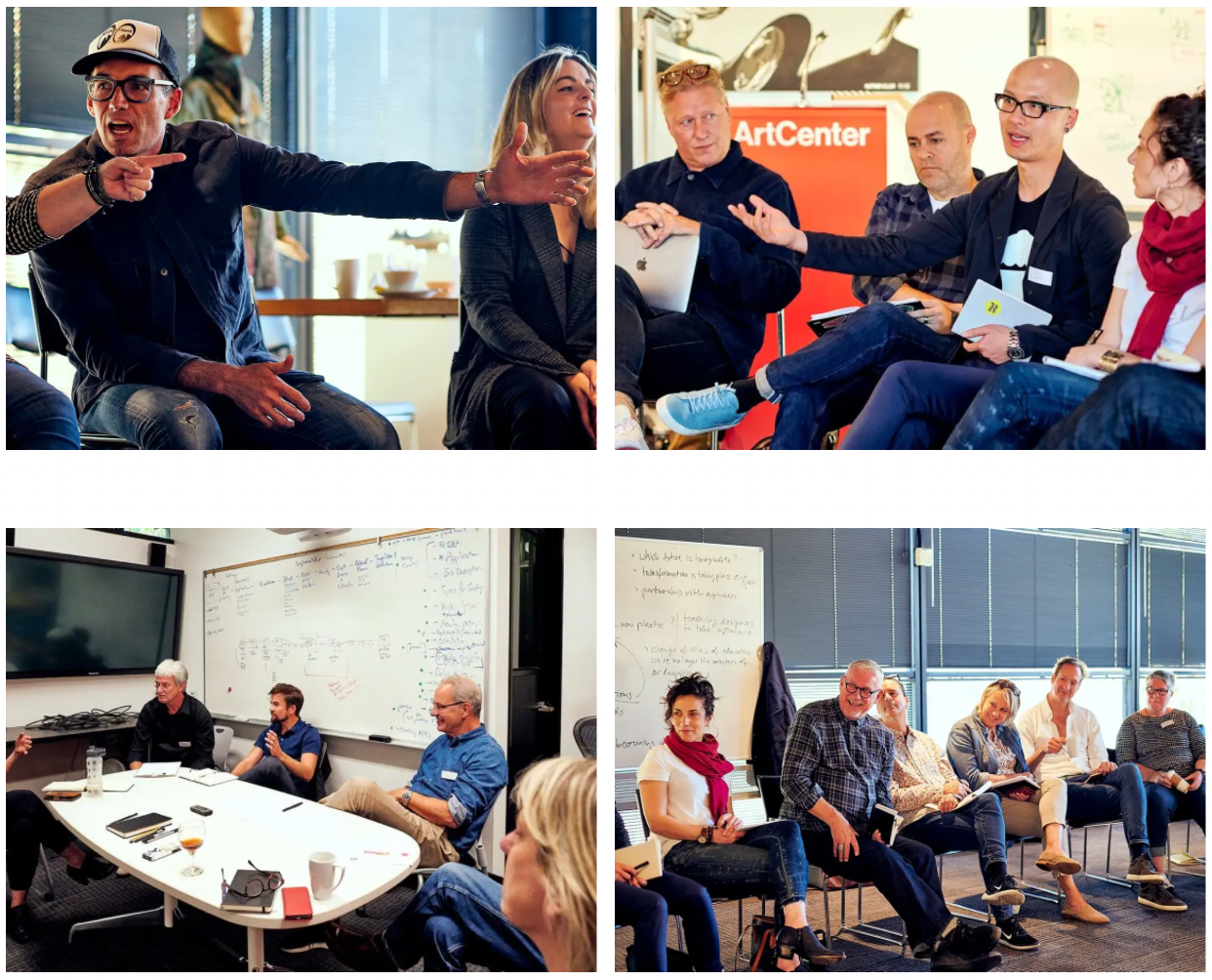
Statements
Sheppard Nasahn, Head of Global Customer Experience Design, Amazon
Andrea Ruggiero, Persons School of Design | New York
Mariana Prieto, Innovation Leader, Wildlife Conservation, Former IDEO.org | Los Angeles
HEARING IN KYOTO, JAPAN
28 – 30 November 2019, in cooperation with the Kyoto Institute of Technology (KIT)
The 30 participants from Japan, Singapore and Europe represented a broad spectrum of the different players involved in design practice: small studios and large companies (e.g. Sony, Canon, Yamaha, Hitachi), universities and research institutions, managers and experienced independent professionals, as well as young professionals. They also represented different disciplines in addition to the traditional design fields (business and engineering, fashion, art, ethnology).
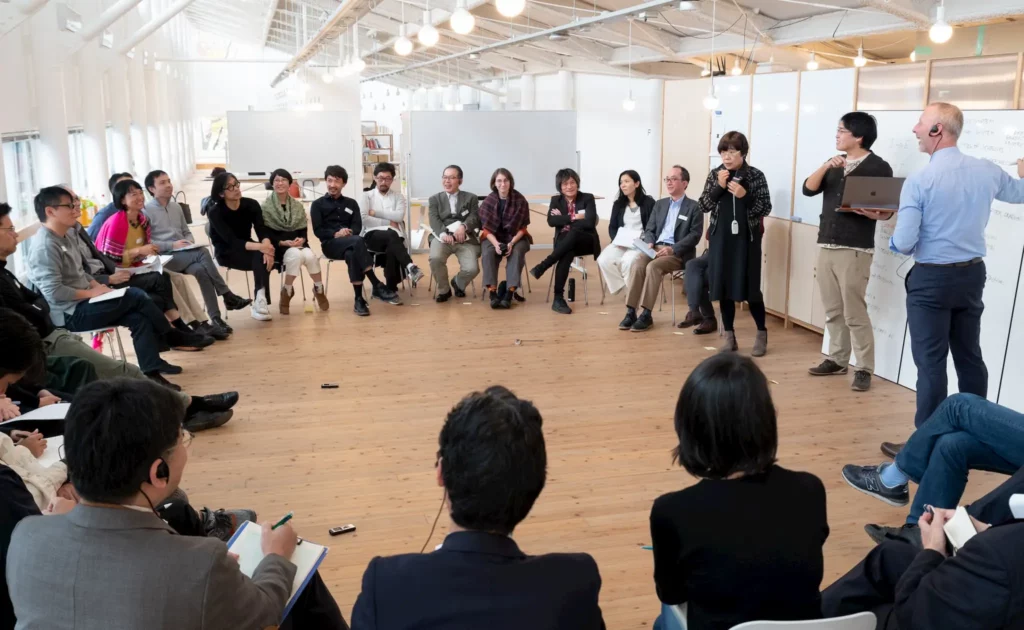
What was discussed?
The discussions in Kyoto revolved around distinctly different thematic foci compared to the first two hearings in Gmund am Tegernsee (Bavaria, Germany) and in Pasadena (California, USA).
Part of the discussions focused on the practice of design as an aesthetic field of expression for what is needed today. This also included the ethical dimension of dealing appropriately with cultural tradition on the one hand and acting responsibly for future generations on the other. Design was defined to be located at the interfaces between art, craft, industry, and post-industrial digital production of appliances and messages. At the center of this debate was the Japanese term “Kogei”, which can only be inadequately translated as arts and crafts or folk art. In this context, design is called upon to carefully transfer into the future the experiences and “wisdom” of generations, which are inherent in traditional everyday goods.
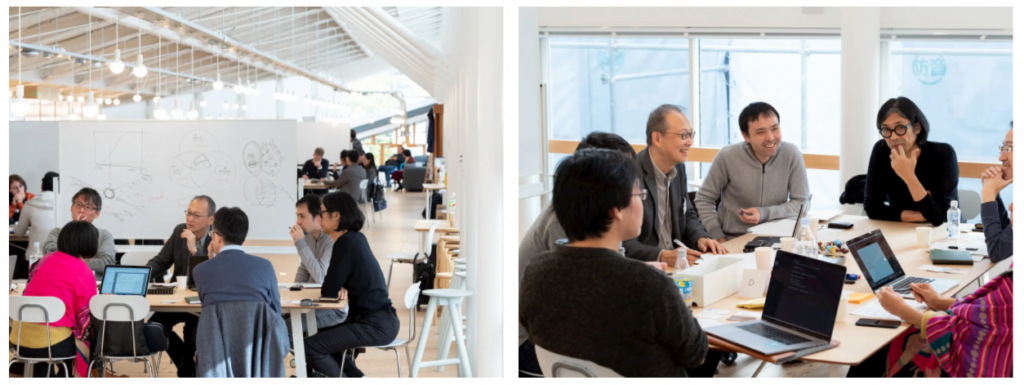
Another part of the discussions concerned the different contexts with which design is interwoven in various ways. These contexts are subjected to faster or slower changes of different intensities. This is true, for example, for stakeholders in business, culture and society. It also applies to local dimensions, i.e. local, national and international contexts. Last but not least, it applies to the roles that external parties ascribe to designers and to those that designers develop for themselves: as specialists or generalists, as avant-garde visionaries or pragmatic translators in the development of meaningful and valuable products.
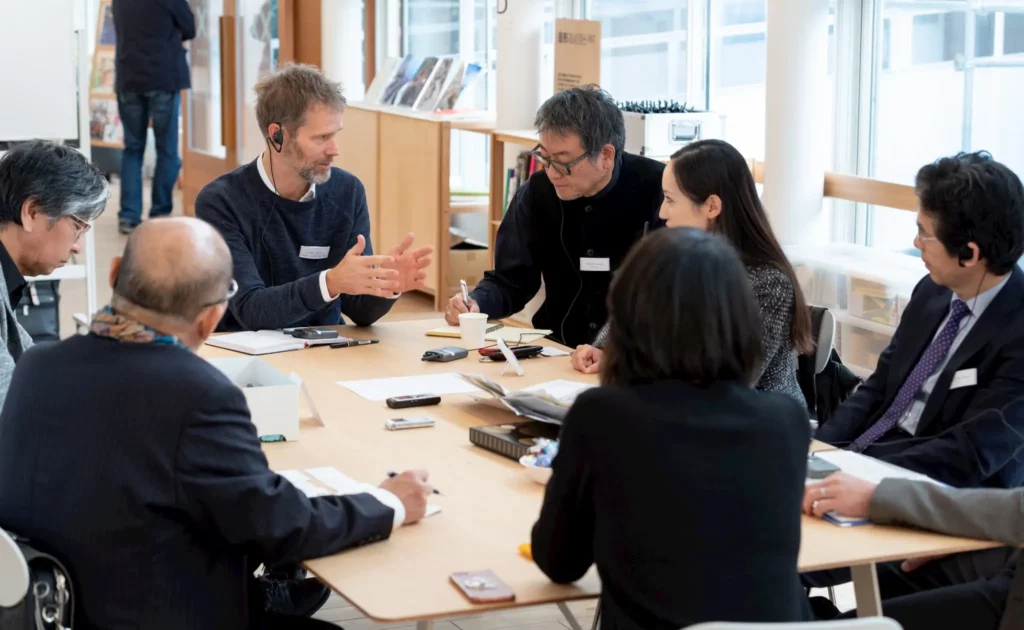
Statements
Prof. Daljiro Mizuno
Kyoto Institute of Technology Design Researcher
Dr. Mitsuhiko Nagata
Nagata Office
Dr. Henrietta Comet
Principal Investigator TUMCREATE LTD Singapore
Tomohiko Hirata,
CEO Ziba Tokyo
Asami Sasaki
Softdevice Inc.
Feilang Tseng
ROOTS Company
Yoshifumi Ishikawa
Advisory Director
Senior General Manager Canon Design Center
Prof. Sushi Suzuki
Kyoto Institute of Technology
Hearing in Johannesburg, South Africa
23 – 25 February 2020, in cooperation with Greenside Design Center
The 26 participants are currently working in 11 countries (Lebanon, Nigeria, Ghana, South Africa, Namibia, Botswana, Kenya, Zimbabwe, Dubai and India). They represent design practice as employed and independent designers, as design teachers and theoreticians at universities, as networkers and planners in government agencies and professional associations, and as managers and consultants. The interdisciplinary cooperation that is characteristic of design is reflected in the experts’ various fields of activity – from business and administration to organizational development and from social entrepreneurship to design with a focus on communication, product, textile, UX and interiors.
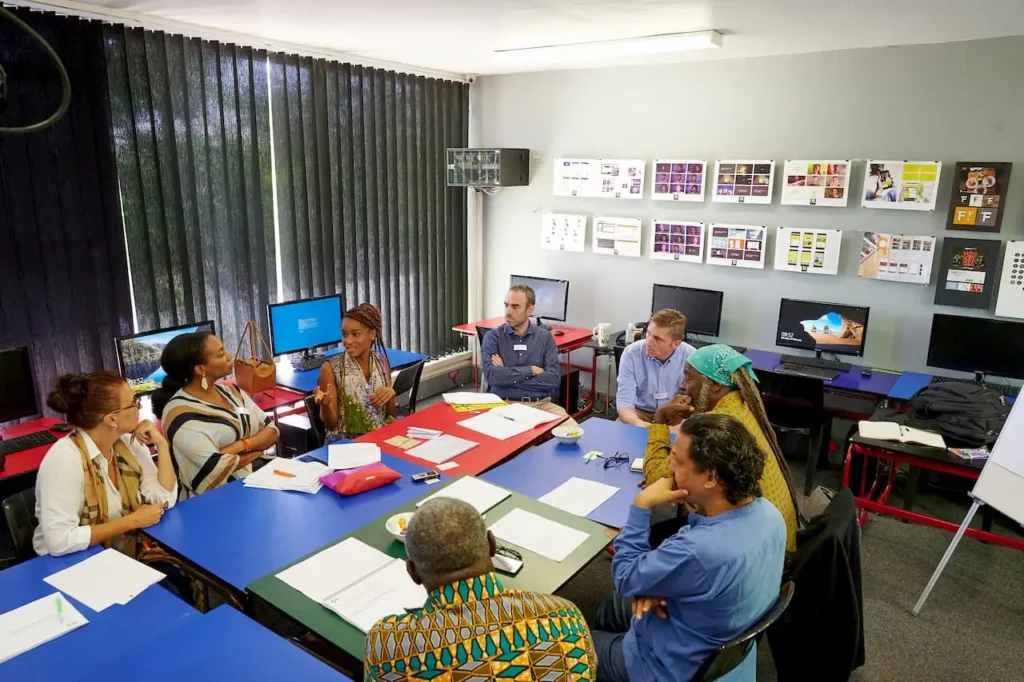
What was discussed?
Compared to the previous hearings in Gmund am Tegernsee (Germany), Pasadena (USA) and Kyoto (Japan), a special thematic focus was the relationship between design and community. Among other things, the relationship of design to traditional practices in African and Indian cultures plays an important role. Design is often perceived as a consequence of colonization by western industrial societies, which focus on the individual as an autonomous subject of an objectified society.
In contrast, community and nature as the material and spiritual basis of life play a more significant role in African and Indian cultures. This point seemed particularly stimulating from the perspective that aspects such as sustainability and cooperation are currently receiving enormous attention in the international debate. Thus, it was discussed what the western-dominated design discourse can learn from such traditions for future development.
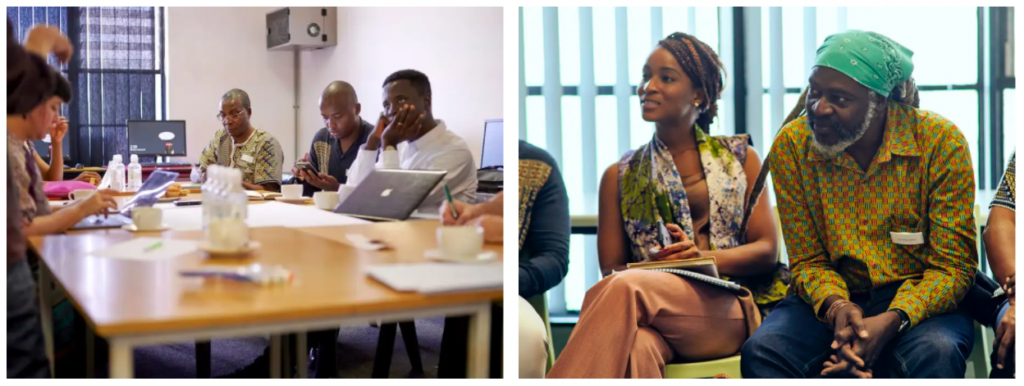
A second focus was the discussion on African cultural concepts, for example on what is referred to as the inner eye: the manual execution and visualization of a design must be preceded by an inner image, a skill based on that ability. In addition, the ‘wisdom’ of traditional, anonymous artefacts was discussed in contrast to the undisputed stupidity of many industrial products.
Statements
Dr. Mugendi K. M'Rithaa
Saki Mafundikwa
Dr. Vikki Du Preez
Sam Nii Adjaidoo
Chrissa Amuha
Marcel Rossouw
Conrad Gonsalves
Sanotsh Kshirsagar
Felix Ofori Dartey
Robin Turner
Slyanda Mbele
Angus Donald Campbell
Desmond Laubscher
Juliet Kavishe
Alex Simm
Onica Lekuntwane
Peter Ekanem

